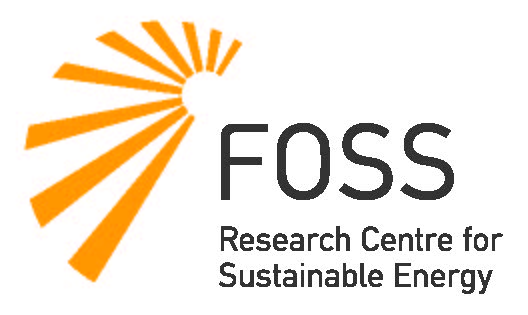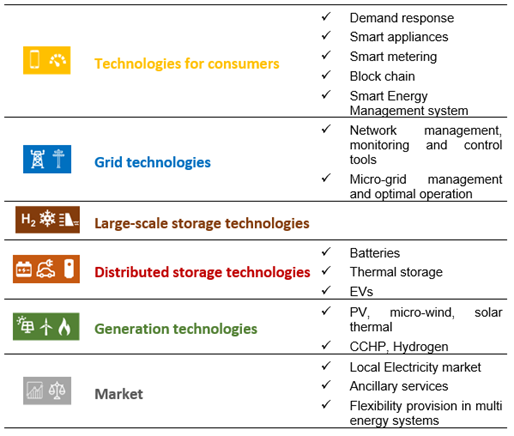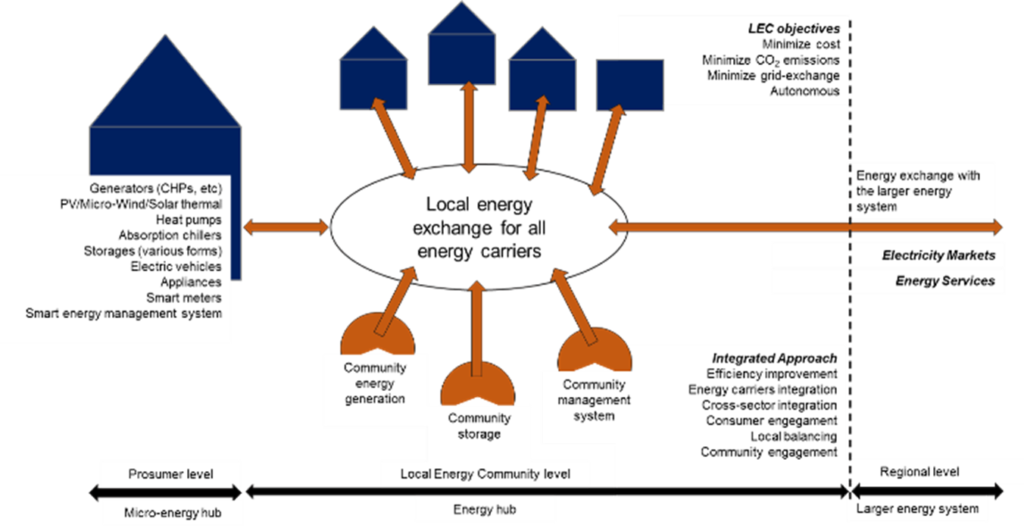
Blog #14

Optimal operation of multi-carrier local energy communities by implementing the energy hub concept
Authors: L. Loizou, C. Papadimitriou, V. Efthymiou
Research Centre for Sustainable Energy – FOSS
Context
Scope

Technical description and implementation

Impact
A summary of the impacts that the proposed solution aims to achieve is listed below:
Replicability: Focuses on technology demonstration, as well as on the market viability and the replicability of the developed tools and the targeted subcomponents (products and services).
Socio-economics: Aims to empower European citizens to consume energy more responsibly and at lower prices, while engaging them in the context of LEC by contributing to energy savings and providing flexibility to the grids.
Environment: Considers the environmental priority in terms of reduction of CO2 emissions, thereby ensuring the long-run sustainability of this new energy paradigm, through the multi-objective approach proposed for the optimal design of the integrated LEC.
Market Transformation and Policy: Proposes new business models based on the LEC concept aligned with the pilots’ needs.


